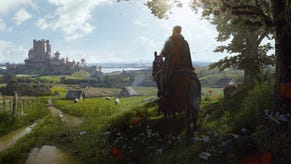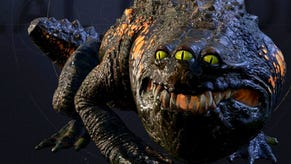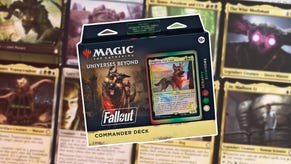Some Great Konami Games You May Have Overlooked
Konami once produced so many awesome games, it was hard to keep track of them all.
This article first appeared on USgamer, a partner publication of VG247. Some content, such as this article, has been migrated to VG247 for posterity after USgamer's closure - but it has not been edited or further vetted by the VG247 team.
Out of the reams of bad news being printed about Konami in recent weeks, the company's seeming lack of interest in its own legacy hits almost as hard as the allegations of developers being mistreated and alienated.
It's pretty crummy to grow up worshipping Castlevania, Contra, and Metal Gear, only to have Konami say, "Oh, these old things are still around?" and discard the properties like used paper towels.
Where did it all go wrong? Hard to say, but there's no question that Konami is responsible for some of the best games released through the '80s and '90s. In fact, there were so many great games from the House of K that you probably missed a few. Let's do a roll call.
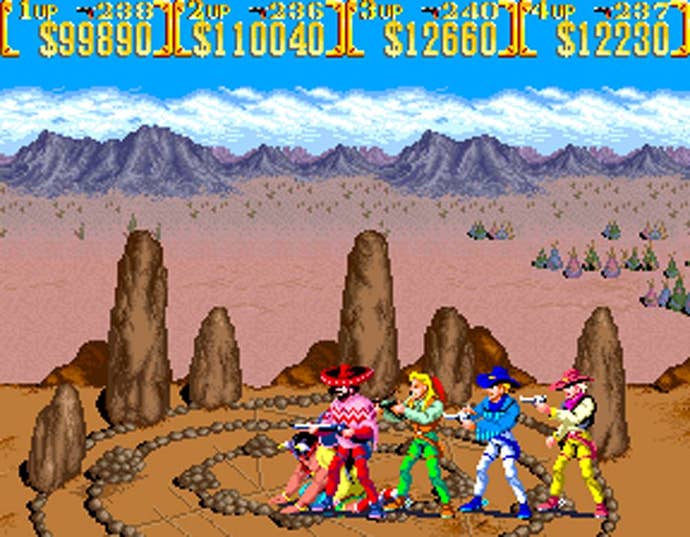
Sunset Riders (Arcade / Sega Genesis / SNES, 1991 / 1992 / 1993)
America's western frontier remained untamed in the arcades, where cowboy-themed shooting games like Sunset Riders existed alongside Street Fighter II and Final Fight. Though not as well-known as The Simpsons or Teenage Mutant Ninja Turtles, Sunset Riders is another of Konami's famous four-player cabinets (where available), and there's more than enough action to go around for a quartet of quarter-slinging hombres.
Hazards in Sunset Riders include bandits with guns, runaway trains, and rampaging cattle. Unsurprisingly, there are also segments where you fight on horseback. Sunset Riders' themes are quite stereotypical, so the West's little-known tricycle fights didn't make it into the game.
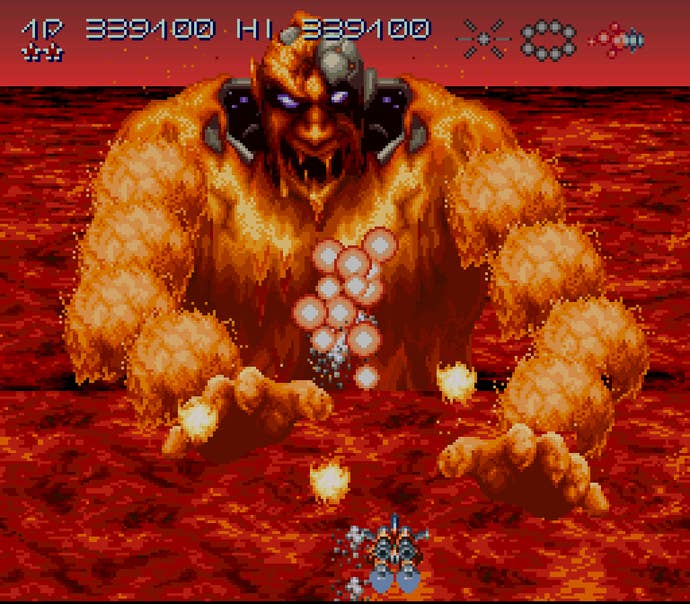
Axelay (SNES, 1992)
Konami was never a slouch in the shoot-em-up department, and Axelay remains an example of how competent the company was at its craft. Axelay is fun, furious, and fast (excepting occasional moments of slowdown), and its graphics are still impressive.
Like many of Konami's early SNES titles, Axelay makes generous use of the system's mode-7 scaling capabilities in order to scroll the game's backgrounds and frame its bosses in impressive environments. The 16-bit era was just starting to find its footing, and Konami was happy to remind us of that fact.
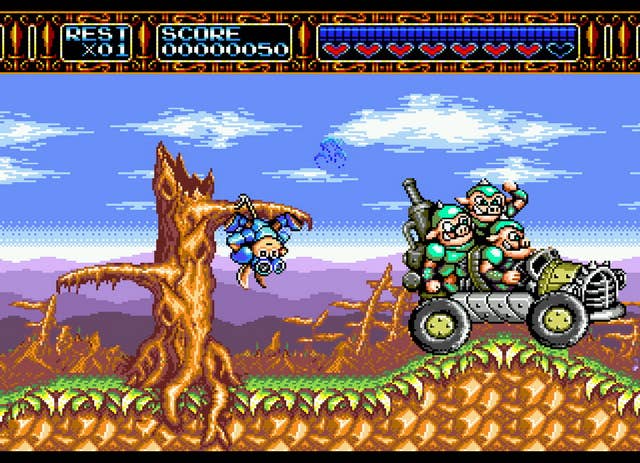
Rocket Knight Adventures / Sparkster (Sega Genesis / SNES, 1993 / 1994)
Sparkster and Rocket Knight Adventures tell the story of Sparkster, an opossum on a mission to save his homeland from invaders. The SNES and Genesis versions of the game are both platformers about a rodent hepped up on rocket fuel, though there are notable differences between each game's levels. Fans still fight small wars over which version is superior.
Does it matter anymore, though? Both Sparkster and Rocket Knight Adventures are top-notch sidescrollers, and should be remembered as such while Konami's legacy explodes in a neon supernova of slot machine lights.
Let's hug.

The Adventures of Batman and Robin (SNES, 1994)
One of the coolest things about growing up in the '90s was getting to partake of Batman: The Animated Series. Playing the adapted SNES beat-em-up from Konami was pretty cool, too.
The game's levels are based on episodes of the show and therefore feature whichever villain happened to lord over that particular episode. For instance, one particularly memorable fistfight with The Joker occurs on a moving roller coaster, which is a re-enactment of a similar scene from the episode "Be a Clown."
The Adventures of Batman and Robin still looks good, successfully capturing the moody cast of the Dark Knight's animated world while still providing appropriate infusions of color. Incidentally, in this age of Nolan Batman, any kind of throwback to The Animated Series would be most welcome.
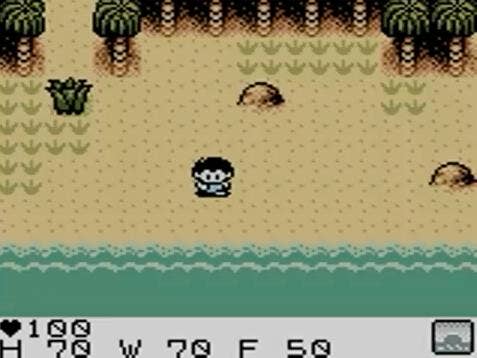
Survival Kids (Game Boy / Game Boy Color, 1999)
Long before Minecraft taught us how to hunt, forage, and build shelters to protect ourselves from marauding zombies, Konami's Survival Kids challenged us to stay alive on a desert island. Your ability to thrive depends on gathering food, water, and on crafting items and tools (sound familiar?). The game's story is minimal, though you can ultimately work towards dumping your little piece of paradise in favor of civilization and real toilet paper.
Also like Minecraft, Survival Kids' gameplay is largely open-ended, and you're encouraged to go at your own pace. There's no rush. Starvation is patient. Starvation can wait for you.
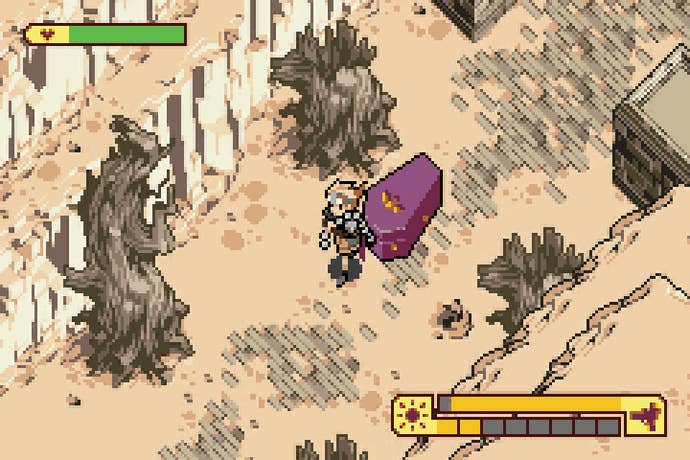
Boktai: The Sun Is in Your Hand (Game Boy Advance, 2003)
The original model of the Game Boy Advance still used disposable AA batteries (whereas the Game Boy Advance SP introduced rechargeable lithium batteries, and there was much rejoicing), so like the original Game Boy, its design erred on the side of battery preservation. As a consequence, the new generation of handheld game graphics where handsomer than ever and in glorious full color, but pretty darn hard to see thanks to the GBA's lack of a backlit screen.
Legendary game developer and possible mad genius Hideo Kojima thus developed Boktai: The Sun Is in Your Hand, an action RPG that makes supremely clever use of the GBA's dim screen. The game's protagonist, Django, is a vampire hunter whose weapon is powered by the sunlight -- like, actual sunlight that's filtered through a light sensor on the game cartridge. To play Boktai efficiently, you need to go outside and let Helios beam his happy light down upon you.
Clever gimmick aside, Boktai is a solid, imaginative title, and exactly the kind of experience we're going to miss from Konami.


